ENG 255 Indian Writing in English YCMOU eBook and Audio Book
| University: | YCMOU (Yashwantrao Chavan Maharashtra Open University Nashik |
|---|---|
| Course: | B.A. |
| Year/Semester: | 3rd Year - No Semester |
| Duration: | 12 Months |
| Book Pages: | 250 |
| E-Book Price: |
₹ 29
|
|---|
| E-Book Buy Date: |
--
|
|---|---|
| E-Book Expiry Date: |
--
|
| Audio Buy Date: |
--
|
| Audio Expiry Date: |
--
|
'A Study of Indian Writing in English' (ENG255) The existence of English language all over the world is mainly a consequence of this process of colonization. The Britishers followed a peculiar policy of introducing English language in their colonies. They had twin objectives in doing this. One clear objective was that they needed native personnel to work in lower administrative posts. Secondly, they also wanted to Anglicise their colonies. Macaulay who introduced English Curriculum in India had said that he wanted to create a generation of brown sahibs. He had also said that he wanted to create an Indian who is only outwardly an Indian wearing Indian dress but inwardly a Britisher buying British goods. Therefore writers like Gauri Viswanathan have said that English language and literature was a mask of conquest for the Britishers.
Even after the end of colonization English has continued to stay all over the world due to many factors like the growing American influence, the process of globalisation of world market, the computerisation and the internet which have converted the world into a global village. Due to these reasons English language is being given more and more importance in the post-colonial world scenario.
In addition to this, English continues to stay in India due to many more factors. Ours is a multi-lingual society and therefore, we need a link language to maintain administrative cohesion and cultural unity all over the country. In Ancient India Sanskrit used to play the role of a link language. In the present circumstances English appears be best suited to perform the role of a link language. Hence it is the main language of law, judiciary, administrative and official correspondence in spite of the fact that the Government is bent upon promoting Indian languages. English is the language used in most of the television discussions and debates. It is thus clear that English continues to play the role of a link language even in contemporary India.
When Macaulay introduced the English curriculum in India there were some people who fell in the trap laid by the Britishers and became out and out Anglicists. However, fortunately, most of the Indians were able to see through this game. As a result, though they continued to learn English appropriating the benefits of the modern education introduced by the Britishers, they started using English for the purpose of their own. There were social reformers, nationalists, religious leaders, Scholars, Journalists and academics like Raja Rammohan Roy, Lokmanya Tilak, Swami Vivekananda, Bankimchandra Chattopadhyay, Michael Madhusudan Dutta to name a few who started using English language to express their ideas and opinions. Very soon it was discovered that the Indian users of English were using English language with an almost native-like felicity.
In spite of this there was some initial resistance to the acknowledgement of Indian English as an independent dialect of English language. However, Indian English is gradually getting the attention it deserves. The Advanced Learner's Dictionary published by the, Oxford University Press (4th edition) has included a special section on Indian English for the first time. Prior to this the reductance to accept Indian English was ascribed to the fact that there is no speech-community of speakers of English in India. In this manner the recognition that Indian English receives today can be ascribed to the Indian writers in English as well as Indian speakers of English as a second language.
It can be seen that a study like this will achieve two objectives at the same time. On the one hand it will create a congenial atmosphere for the study of the tradition of Indian writing in English and on the other it will simultaneously begin a process of decolonization of English in India.
There is a significant body of creative writing being done in English in India.
Although English is not the mothertongue of any of the writers here, they have decided to use it for creative writing in their own way. It is for us to analyse the impact of their writing.
By its very nature English is not adapted to the Indian cultural scenario because it is not rooted in it. To make English reflect the Indian situation is therefore a challenge the Indian writers in English have to face. The writer accetps this challenge by coining new expressions or by using new synatactial patterns. In other words the writer experiments with the English language when he uses it in his creative writing 'A Study of Indian Writing in English' (ENG255) is also a study of such experiments.
Syllabus
Book One : Non-Fictional Prose
Unit 1 : Individual and Universe
Unit 2 : The Secret of Work
Unit 3 : Home Rule
Unit 4 : Non-Violence and Non-Alignment
Unit 5 : In England as a Student
Unit 6 : Going to School with Prisoners
Unit 7 : India and Russia
Unit 8 : Vinoba's Gramdan Toofan
Book Two : Indian Poetry in English
Unit 01 : Indian Poetry in English
Unit 02 : How to Read a Poem
Unit 03 : Krishnakali
Unit 04 : Dirge
Unit 05 : Let us Look Squarely
Unit 06 : Background Casually
Unit 07 : The Professor
Unit 08 : A Hot Noon in Malabar
Unit 09 : The Sunshine Cat
Unit 10 : A River
Unit 11 : Obituary
Unit 12 : Has My Time Come?
Unit 13 : The Felling of the Banyan Tree
Unit 14 : Nargol
Unit 15 : Home Coming (Section 3 & 4)
Unit 16 : Continuities
Unit 17 : An Old Woman
Unit 18 : The Blue Horse
Unit 19 : Steps in the Dark
Unit 20 : A Kind of Happiness
Book Three : Fictional Prose
Unit 1 : Karma
Unit 2 : Eight Rupees
Unit 3 : The Sparrows
Unit 4 : The Childless One
Unit 5 : The Trust Property
Unit 6 : Kanthapura

- --
- --

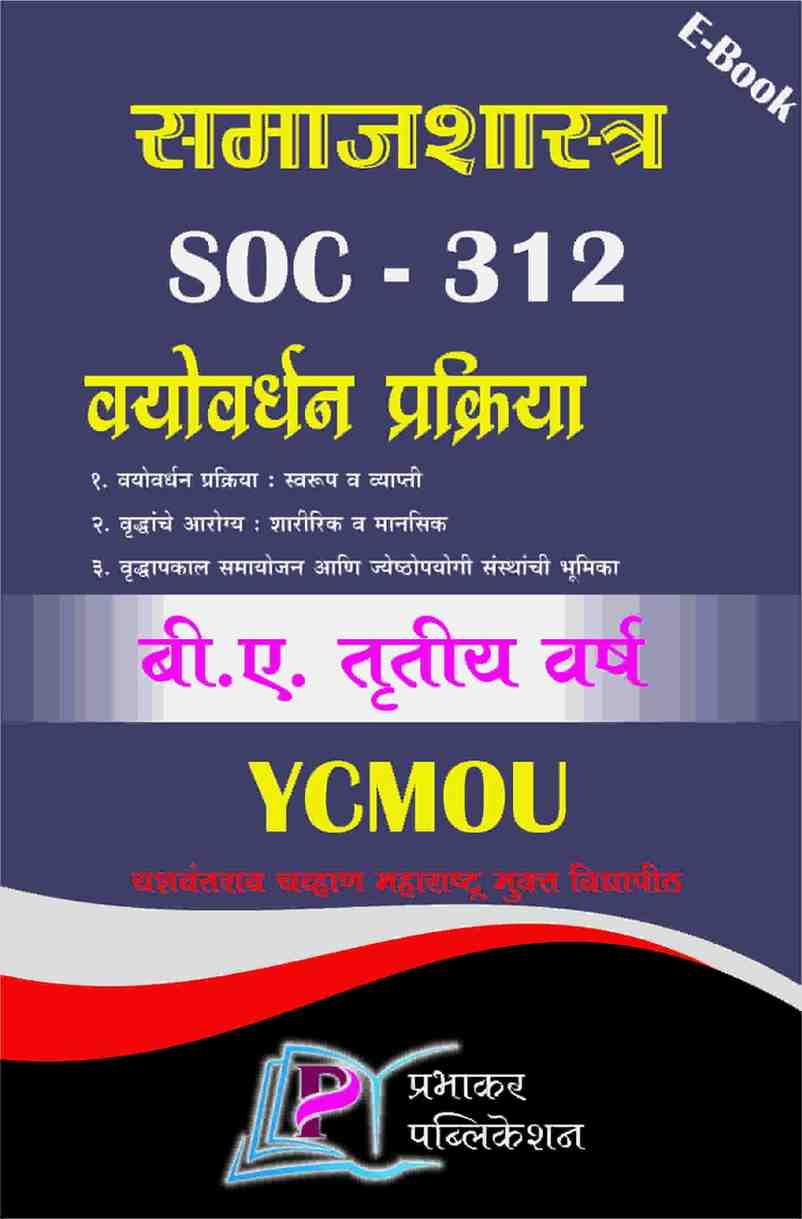
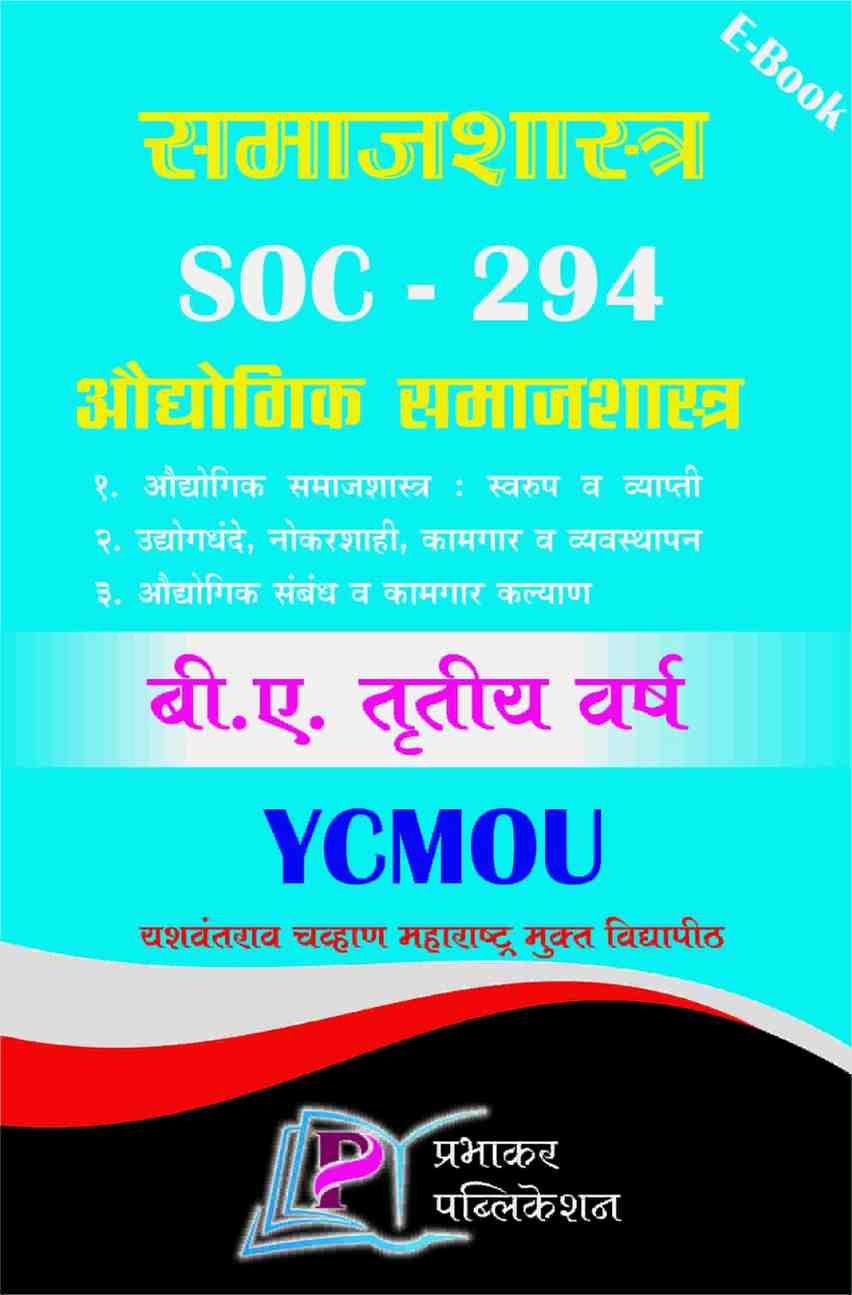
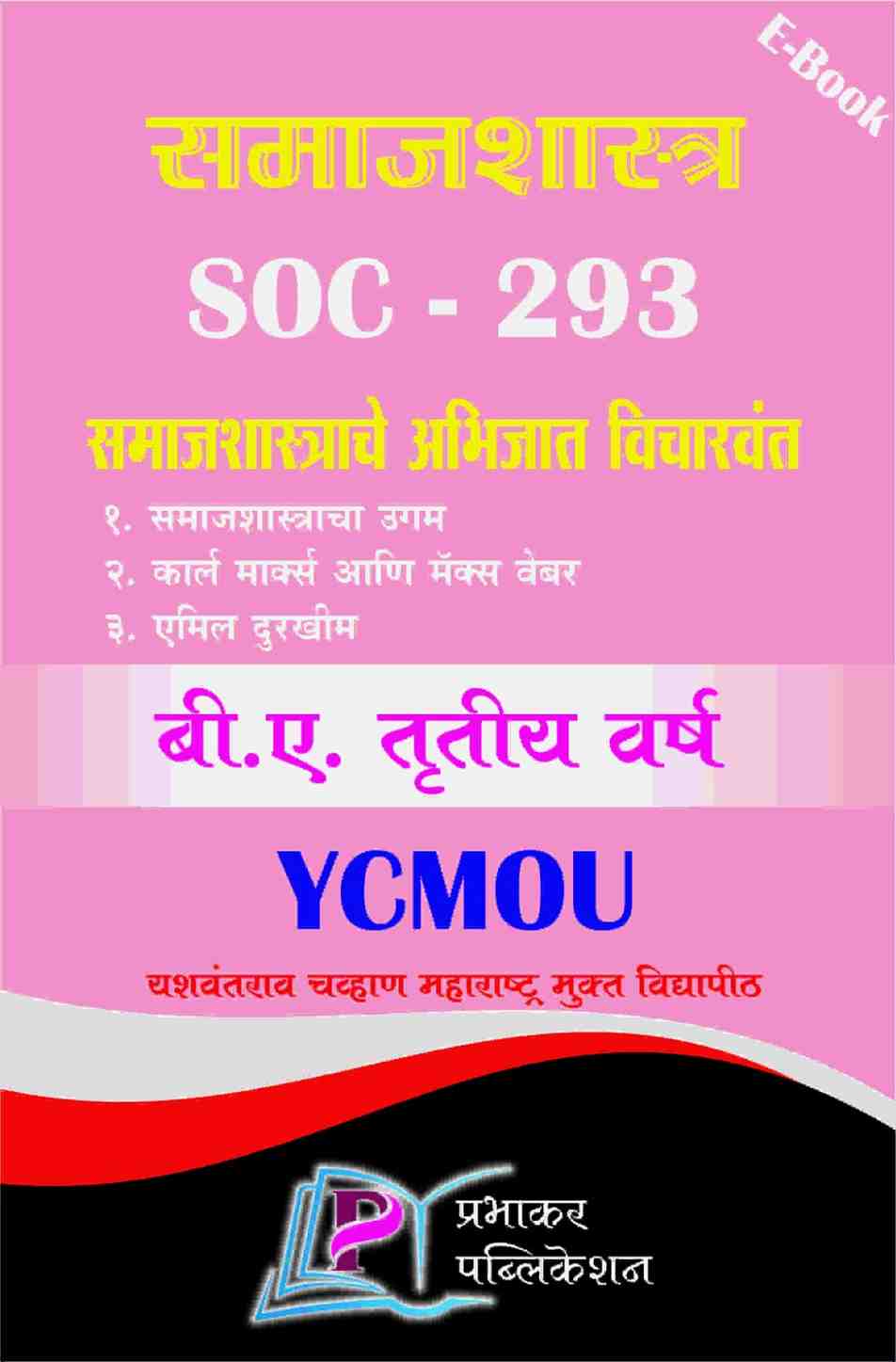

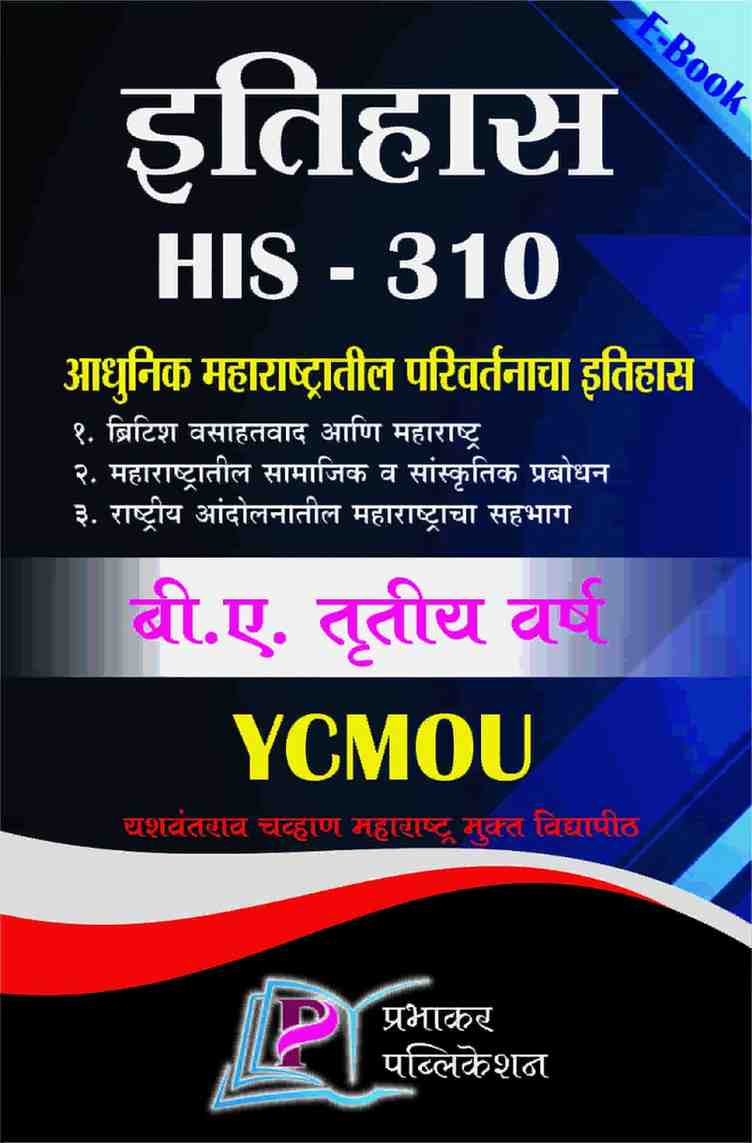


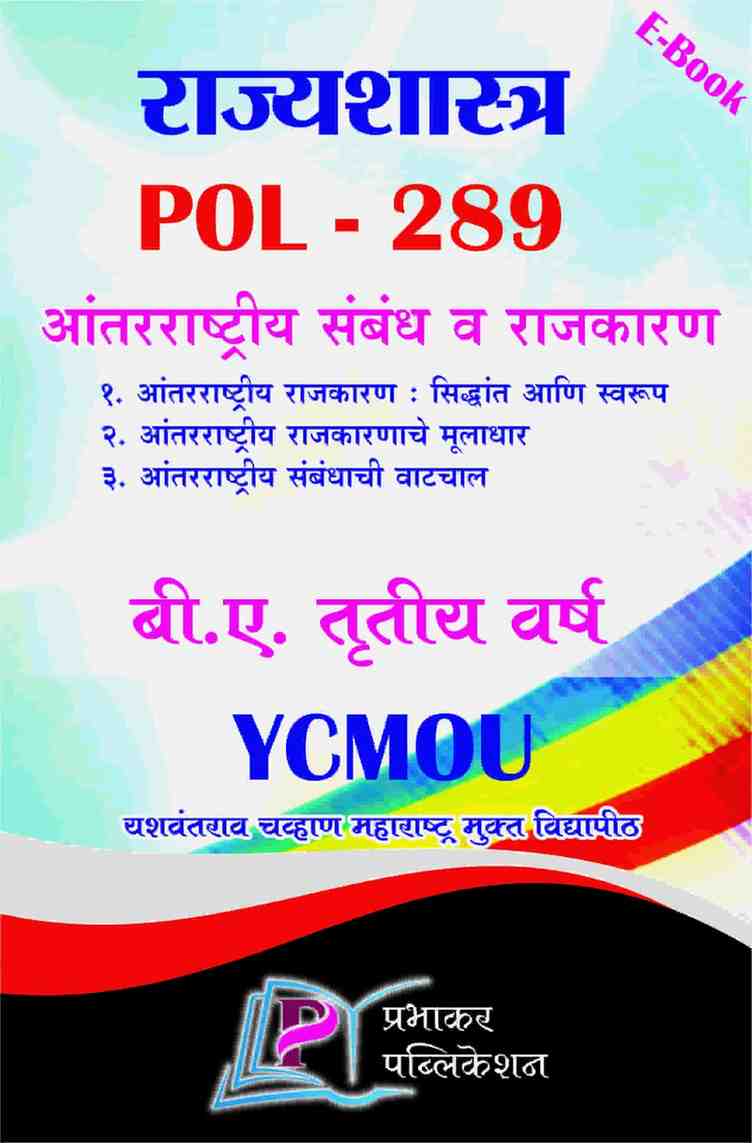
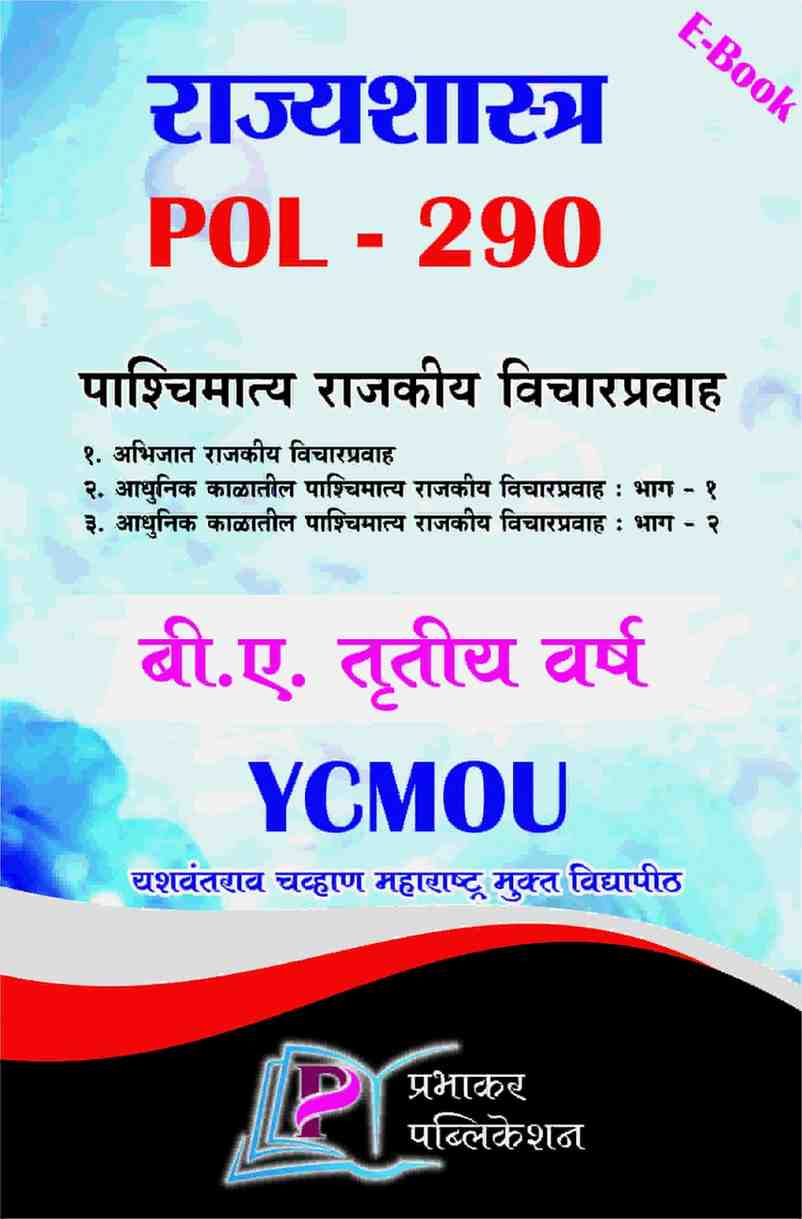










Kishor Umbarsada 17-Jun-2022 05:38 pm